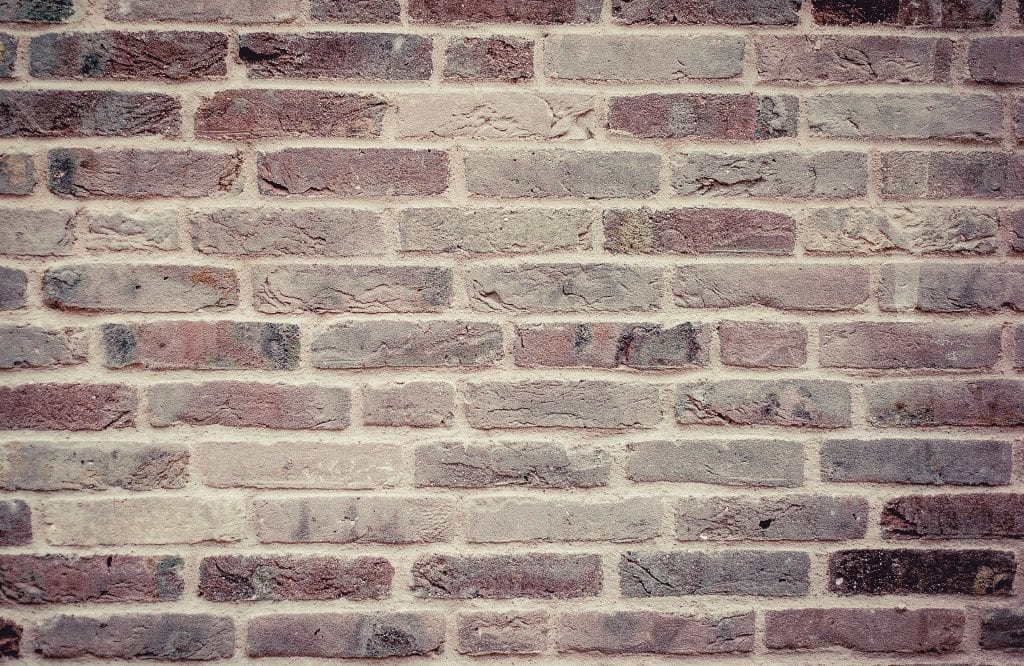Do you find your house mysterious and perplexing?
A friend recently showed me several new cracks in his walls. He said he was worried his house may collapse, and wondered if he should get rid of his water bed for fear that the weight was hurting the house. I told him he should worry about his taste in beds (didn’t waterbeds go out of style with carpeted van interiors?), but that he had nothing to worry about with his house.
Then I realized that a house must be a mysterious and perplexing thing to most people. Kind of like girls were to me in middle school (actually, still are). I knew I liked having them around, but I didn’t really know how they worked or what to do when something went wrong (Cosmo articles were no help).
So, I have decided to bravely serve as tour guide to the home. Each month I will dedicate one of my columns to illuminating some part of the house that most people might not know much about.
This week I will tackle the boring and innocuous subject of (wait for it…) Drywall.
Wow! Exciting! I know, but you may be surprised.
Interesting facts:
- Drywall replaced plaster as wall material of choice during WWII because there was such a shortage of skilled workers that the houses needed to be constructed in less time.
- The infamously toxic “Chinese drywall” was really only a problem in about four southern states between 2001 and 2009. (You’re safe, Lionsgate)
- Many people think “green rock” is waterproof, and even use it in showers behind tile. It is actually only moisture-resistant, and should never be used directly in a wet area.
- Cracks aren’t always a sign of a bad drywall job or a structural problem. Every house expands and contracts constantly. When it happens too much, the brittle drywall finally gives in.
Tips:
- Use screws instead of nails to prevent pesky “nail pops”.
- Install the drywall ½” off the floor to prevent moisture from wicking up into the sheets.
- Deliver it stacked flat on the floor less than 16 sheets tall. Any more weight can overload the floor structure, or push a wall out of plumb if a stack is leaned against it.
- There are actually 5 possible levels of finish for a wall. The higher the level, the higher the quality (and cost).
- Agree up front to what flaws are unacceptable. Depending on the level of finish, I would suggest any flaw visible in natural light from more than 2 feet away would be unacceptable.
Questions to ask a drywaller:
- What type of cornerbead will you use? Many guys prefer a paper-edged type that is faster to install but deforms the finished corners.
- How much experience does your sander have? Many crews will have a new guy sanding, which can quickly erase the work of even the best mudder.
- Do you lamp the walls? After primer goes on, the best crews will go through the house with a light to find any flaws or lines that need fixing (the flaws create shadows).
- What types of mud do you use? The best crews probably use three—”hot mud” for the first coat (dries fast and is heavy), “all purpose” for installing the tape and the corner bead, and “topping” for the finish coat (it is lighter and creates a smoother finish).
- Can you repair this faucet? This one is a trick! A drywall guy that can also do other work in a house should be viewed with suspicion. There are exceptions, but the best drywallers are only drywallers.

